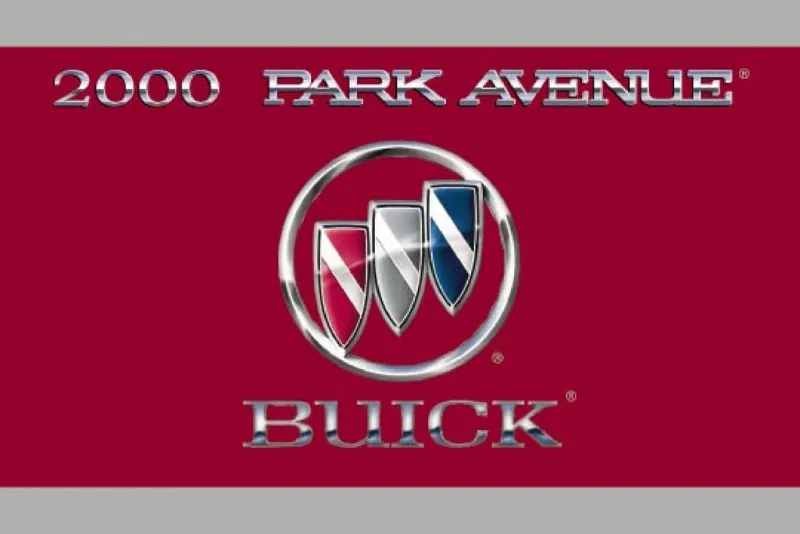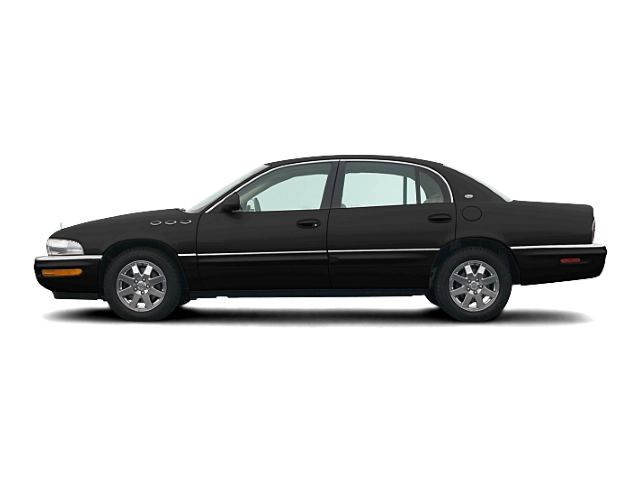2000 Buick Park Avenue Owner's Manual

Table of Contents
2000 Buick Park Avenue Overview
Introduction
The 2000 Buick Park Avenue is a full-size luxury sedan that blends sophisticated design with a comfortable ride. Renowned for its spacious interior, refined features, and classic styling, the Park Avenue evokes a sense of esteem while also offering practical performance. This model upholds Buick's tradition of crafting vehicles that cater to those seeking a smoother, more serene driving experience without compromising on modern technology and amenities.
Powertrains
Under the hood, the 2000 Buick Park Avenue comes equipped with two powertrain options, ensuring a balance of performance and efficiency. The standard offering is a 3.8-liter V6 engine, generating a robust 205 horsepower and paired with a smooth-shifting four-speed automatic transmission. For those craving additional power, the Park Avenue Ultra features a supercharged version of the same engine, delivering an impressive 240 horsepower. This powertrain configuration not only enhances acceleration but also maintains the impressive fuel economy expected from a luxury sedan.
Trims
The 2000 Park Avenue is available in two trims: the base Park Avenue and the premium Park Avenue Ultra. The base model provides abundant features such as leather seating, dual-zone climate control, and an AM/FM radio with a CD player, while the Ultra trim elevates luxury with additional amenities like a heads-up display, heated front seats, and a premium audio system. Each trim is designed to provide an exquisite driving experience that caters to the preferences of discerning drivers.
Features
The 2000 Buick Park Avenue is outfitted with numerous features that enhance both comfort and convenience. Standard features include a spacious cabin with ample legroom, automatic headlights, power windows and locks, and an anti-lock braking system. Safety is prioritized with dual front airbags and side-impact airbags, ensuring a secure ride. Amenities such as a trunk pass-through and remote keyless entry further elevate the vehicle’s usability, reinforcing its reputation as a true luxury sedan.
Owners Manual
The owner’s manual for the 2000 Buick Park Avenue serves as an essential guide for understanding the vehicle's functionalities, maintenance requirements, and troubleshooting tips. It provides detailed instructions on operating various features, ensuring owners can maximize their experience behind the wheel. Furthermore, it includes important safety information and service schedules to keep the vehicle running at its best, ensuring a seamless ownership experience.
User manual download
The Buick Park Avenue owner manual for the 2000 model year is to be found in PDF downloadable format on this page. The owner manual for the model year 2000 is free and in English, but the repair manuals are usually not easy to get and may cost more.
Manual Questions
Fill the form below and someone will help you!

